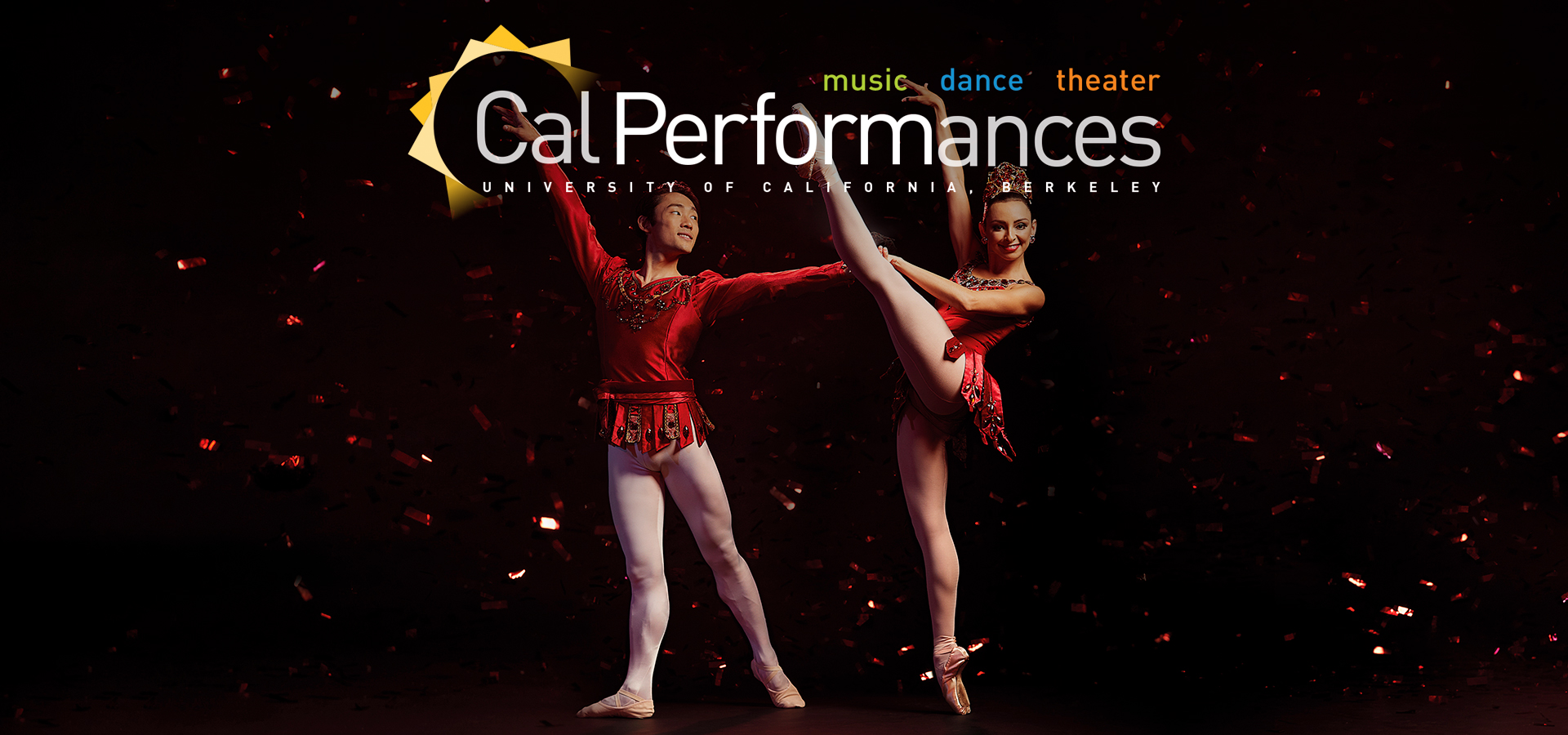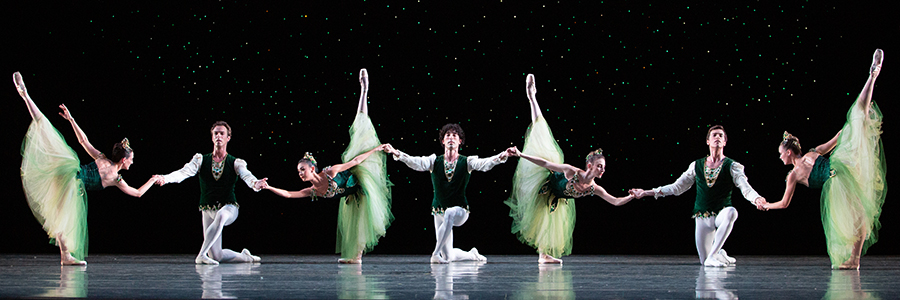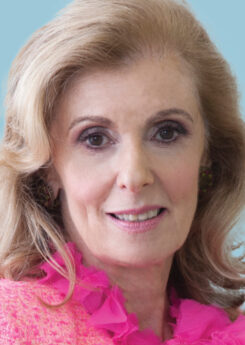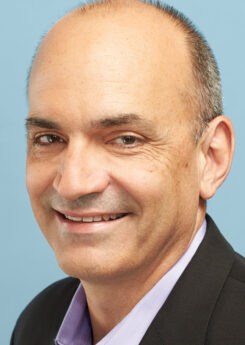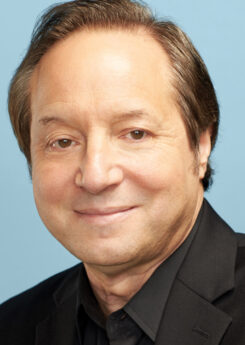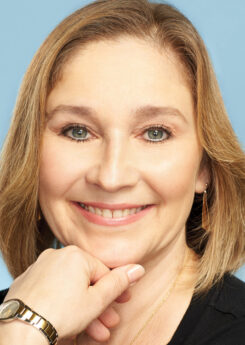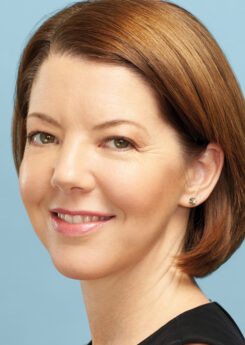Miami City Ballet
Friday and Saturday, September 23–24, 2022, 8pm
Sunday, September 25, 2022, 3pm
Zellerbach Hall
Choreography by George Balanchine © The George Balanchine Trust
Music for “Emeralds” by Gabriel Fauré*
Music for “Rubies” by Igor Stravinsky**
Music for “Diamonds” by Peter Ilyich Tchaikovsky***
Staged by Miami City Ballet
Principal coaching for “Emeralds” and “Diamonds” by Merrill Ashley
Principal coaching for “Rubies” by Bart Cook
Scenic Design by Tony Walton
Scenery built by I. Weiss
Costumes original design by Karinska
Lighting Design by John Hall
Berkeley Symphony
Gary Sheldon, conductor
* Pelléas et Mélisande and Shylock
** Capriccio for Piano and Orchestra (1929),
by arrangement with Boosey & Hawkes, Inc., publisher and copyright owner
*** Symphony No. 3 in D major
These performances are made possible, in part, by an anonymous Patron Sponsor.
The September 23 performance is made possible, in part, by Daniel Johnson and Herman Winkel.
From the Executive and Artistic Director

I couldn’t be happier to welcome you to the first performances in Cal Performances’ remarkable 2022–23 season. From the dazzling brilliance of Miami City Ballet to the supreme technical mastery and heartfelt musicianship of the Dover Quartet, I’m proud to launch the season with programming that represents the very finest in both dance and classical music.
Beginning this month and continuing into May 2023—when we close our season with the Bay Area premiere of the powerful folk opera Parable of the Sower and a highly anticipated recital with international dramatic soprano sensation Nina Stemme—it’s a calendar packed with the very best in live music, dance, and theater.
And what a schedule! More than 70 events, with highlights including the return of the legendary Vienna Philharmonic Orchestra under conductor Christian Thielemann (in his Bay Area debut); the beloved Mark Morris Dance Group in Morris’ new The Look of Love: An Evening of Dance to the Music of Burt Bacharach; the US premiere of revered South African artist William Kentridge’s astonishing new SIBYL; a rare Berkeley performance with the San Francisco Symphony and conductor Esa-Pekka Salonen; and a special concert with chamber music superstars pianist Emanuel Ax, violinist Leonidas Kavakos, and cellist Yo-Yo Ma. And these are only a few of the amazing performances that await you!
Illuminations programming this season will take advantage of Cal Performances’ unique positioning as a vital part of one of the world’s top-ranked public universities. In the coming months, we’ll be engaging communities on and off campus to examine the evolution of tools such as musical instruments, the complex relationships between technology creators and users, the possibilities enabled by technology’s impact on the creative process, and questions raised by the growing role of artificial intelligence in our society.
This concept of “Human and Machine” has never been so pertinent to so many. Particularly over the course of the pandemic, the rapid expansion of technology’s role in improving communication and in helping us emotionally process unforeseen and, at times, extraordinarily
difficult events has made a permanent mark on our human history. Throughout time, our reliance on technology to communicate has—for better and worse—influenced how we understand others as well as ourselves. During this Illuminations season, we will investigate how technology has contributed to our capacity for self-expression, as well as the potential dangers it may pose.
Some programs this season will bring joy and delight, and others will inspire reflection and stir debate. We are committed to presenting this wide range of artistic expression on our stages because of our faith in the performing arts’ power to promote empathy. And it is because of our audiences’ openness and curiosity that we have the privilege of bringing such thought-provoking, adventurous performances to our campus. The Cal Performances community wants the arts to engage in important conversations, and to bring us all together as we see and feel the world through the experiences of others.
Please make sure to check out our brochures and our website for complete information about upcoming events. We can’t wait to share all the details with you, in print and online.
Welcome back to Cal Performances!
Jeremy Geffen
Executive and Artistic Director, Cal Performances
 I couldn’t be happier to welcome you to the first performances in Cal Performances’ remarkable 2022–23 season. From the dazzling brilliance of Miami City Ballet to the supreme technical mastery and heartfelt musicianship of the Dover Quartet, I’m proud to launch the season with programming that represents the very finest in both dance and classical music.
I couldn’t be happier to welcome you to the first performances in Cal Performances’ remarkable 2022–23 season. From the dazzling brilliance of Miami City Ballet to the supreme technical mastery and heartfelt musicianship of the Dover Quartet, I’m proud to launch the season with programming that represents the very finest in both dance and classical music.
Beginning this month and continuing into May 2023—when we close our season with the Bay Area premiere of the powerful folk opera Parable of the Sower and a highly anticipated recital with international dramatic soprano sensation Nina Stemme—it’s a calendar packed with the very best in live music, dance, and theater.
And what a schedule! More than 70 events, with highlights including the return of the legendary Vienna Philharmonic Orchestra under conductor Christian Thielemann (in his Bay Area debut); the beloved Mark Morris Dance Group in Morris’ new The Look of Love: An Evening of Dance to the Music of Burt Bacharach; the US premiere of revered South African artist William Kentridge’s astonishing new SIBYL; a rare Berkeley performance with the San Francisco Symphony and conductor Esa-Pekka Salonen; and a special concert with chamber music superstars pianist Emanuel Ax, violinist Leonidas Kavakos, and cellist Yo-Yo Ma. And these are only a few of the amazing performances that await you!
Illuminations programming this season will take advantage of Cal Performances’ unique positioning as a vital part of one of the world’s top-ranked public universities. In the coming months, we’ll be engaging communities on and off campus to examine the evolution of tools such as musical instruments, the complex relationships between technology creators and users, the possibilities enabled by technology’s impact on the creative process, and questions raised by the growing role of artificial intelligence in our society.
This concept of “Human and Machine” has never been so pertinent to so many. Particularly over the course of the pandemic, the rapid expansion of technology’s role in improving communication and in helping us emotionally process unforeseen and, at times, extraordinarily
difficult events has made a permanent mark on our human history. Throughout time, our reliance on technology to communicate has—for better and worse—influenced how we understand others as well as ourselves. During this Illuminations season, we will investigate how technology has contributed to our capacity for self-expression, as well as the potential dangers it may pose.
Some programs this season will bring joy and delight, and others will inspire reflection and stir debate. We are committed to presenting this wide range of artistic expression on our stages because of our faith in the performing arts’ power to promote empathy. And it is because of our audiences’ openness and curiosity that we have the privilege of bringing such thought-provoking, adventurous performances to our campus. The Cal Performances community wants the arts to engage in important conversations, and to bring us all together as we see and feel the world through the experiences of others.
Please make sure to check out our brochures and our website for complete information about upcoming events. We can’t wait to share all the details with you, in print and online.
Welcome back to Cal Performances!
Jeremy Geffen
Executive and Artistic Director, Cal Performances
The Dream, The Showstopper, and The Beauty: George Balanchine’s Jewels
George Balanchine’s elegant and animated Jewels (1967) has been dazzling audiences ever since it premiered more than 50 years ago. A beloved favorite in the Balanchine canon, Jewels is a triptych of dances evoking French (“Emeralds”), American (“Rubies”), and Russian (“Diamonds”) ballet traditions, inspired by the choreographer’s visit to the jeweler Van Cleef & Arpels. The renowned Miami City Ballet, famed for its dedication to Balanchine’s repertory, style, and technique, returns to UC Berkeley for the first time in more than a decade with his seminal ballet, danced to music by Fauré, Stravinsky, and Tchaikovsky—performed live by the Berkeley Symphony—to open Cal Performances’ 2022/23 Season on September 23–25 at Zellerbach Hall.
Like brilliant bursts of light refracting from the world’s most sought-after gemstones, MCB’s performances of George Balanchine’s Jewels have dazzled audiences since the company premiered it in 1992.
We sat down with three of the company’s leading ballerinas—Tricia Alberston (“Emeralds”), Jordan-Elizabeth Long (“Rubies”), and Katia Carranza (“Rubies” and “Diamonds”)—to share their take on the genius of Balanchine and what makes Jewels such an endearing, popular ballet.
What makes “Emeralds” so exceptional in Balanchine’s Jewels?
Tricia: To me, “Emeralds” is the dream leading into the rest of Jewels. There is something other-worldly about it—a special quality that exists along with moments of joy, melancholy, and hopeful human connection. I like to envision I’m underwater. The unique port de bras (graceful arm movements) in this ballet makes it very special. I imagine I’m pushing the water, dancing through it, letting it help to suspend me. Since the composer is French, I also like to imagine leaving trails of alluring perfume behind me.
Tell us more about the music?
Tricia: The music by French composer Gabriel Fauré is the kind that makes you take a deep breath and appreciate life. It flutters and bends and is full of hope. It takes you on a journey.
What do you enjoy most about performing “Rubies”?
Jordan-Elizabeth: I love how seamlessly Balanchine has married the choreography to the music. He was famous for saying “see the music, hear the dance,” and “Rubies” is a perfect example of that. Balanchine was friends with the “Rubies” composer, Igor Stravinsky, and you can see his understanding of the different roles of the orchestra in the steps he gives to the other groups of dancers. I have a strong connection to music, and my favorite thing about dancing is that it allows a person to become the music. When I dance the Tall Girl role in “Rubies,” I feel like I am one of the string instruments in the orchestra, making the music with my body.
The audience tends to love “Rubies.” What makes this piece such a showstopper?
Jordan-Elizabeth: “Rubies” is a ballet that all dancers want to dance and all audiences love seeing. It is full of fun, joy, and a little bit of spiciness and sass. It is so exciting in its contrast with the preceding ballet, “Emeralds,” which has an entirely different mood. I always like to think of it as the appetizer of the whole evening, getting the audience relaxed and ready to be taken away to a different realm. When the curtain goes up on “Rubies,” the entire audience sits up in their seats a little bit. I think seeing all those people on stage on their toes is always kind of mysterious: “What’s going to happen now?”
Katia, you have been praised for your portrayals in both “Rubies” and “Diamonds.” Can you tell us what makes these works so different and what you enjoy most about performing them?
Katia: “Rubies” is one of the most enjoyable ballets to perform. It is also tough because the energy is so high; at the same time it is so fun that you forget how tiring it is. Everything about “Rubies” is thrilling. The movements, the hips, the legs kicking, keeping your balance out of center… even the color red. It’s electrifying.
“Diamonds” is completely different. I love the grand pas de deux. It is so pure and beautiful, just like a diamond. It is very controlled, elegant, and opulent. With Tchaikovsky’s music, I feel like a queen. It is very grand, imperial Russia. It’s majestic.
And finally. What do you think is the genius of Balanchine’s choreography?
Tricia: What isn’t the genius of Balanchine’s choreography?! The patterns of the corps de ballet and how he weaves the principals among them is incredible. And the musicality! He always made steps that speak the music, which makes his works the most satisfying to watch and dance.
About the Program
It is said that a visit to famed French jewelers Van Cleef & Arpels piqued George Balanchine’s imagination. Who knew that those tiny light-refracting brilliant bursts of color from some of the world’s most sought-after gemstones would inspire one of Balanchine’s most revered ballets?
In Jewels, each gemstone suggests contrasting moods and situations. When the ballet premiered in April 1967 at the new New York State Theater (now the Koch) at Lincoln Center, Balanchine evoked these moods in terms of dance styles and musical characteristics associated with the countries of its three composers. “Emeralds,” set to music by the French composer Gabriel Fauré, is gracious, elegant, languorous. “Rubies,” to the music of Russo-American Igor Stravinsky, is a spirited jazz essay, brash and irreverent. “Diamonds,” set to music by Peter Ilyich Tchaikovsky, is reminiscent of Marius Petipa’s Mariinsky ballet.
Each ballet was dominated by its lead ballerina. In “Emeralds,” Violette Verdy, was known for her supremely witty musicality; Patricia McBride’s teasing sauciness made sparks fly in “Rubies”; and the astounding Suzanne Farrell, at the time Balanchine’s primary instrument for reinventing the hallmarks of classical ballet, blazed in “Diamonds.”
“Emeralds,” the first ballet in this full-evening trilogy, is remarkable for its mysterious and plangent romanticism. It is the quietest—and, to some viewers, the most profound—section of Jewels. The Fauré music Balanchine chose to employ is distinguished by a seamless haunting fluidity.
“Rubies” spotlights a small female with a big personality and her dynamo partner, a role created for the amazing pyrotechnics of Edward Villella. The couple flirt and compete with each another, engaging in provocative clashes and amorous contests as Balanchine exhibits a full array of what dance critic Deborah Jowitt called his “Stravinsky” steps: “The pinup-girl poses, the jutting hips, the legs that swing down and up like scythes, the paw-hands, the prances, the big quick lunges, the flexed feet, the heelwalks.” Sensational!
“Diamonds”—to Tchaikovsky at his grandest—represents Balanchine’s homage to the classicism of late 19th-century Imperial Russia. Whereas “Emeralds” showcased two couples, and “Rubies” a playful pair, “Diamonds”—majestic and daring—is the ultimate statement of Balanchine’s famous credo, “Ballet is woman.”


